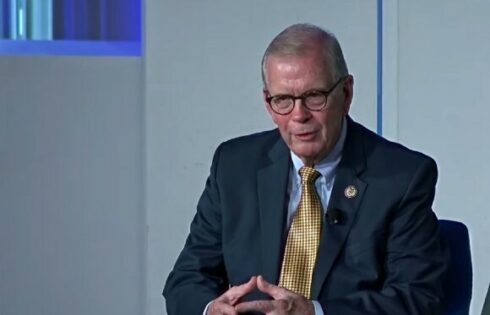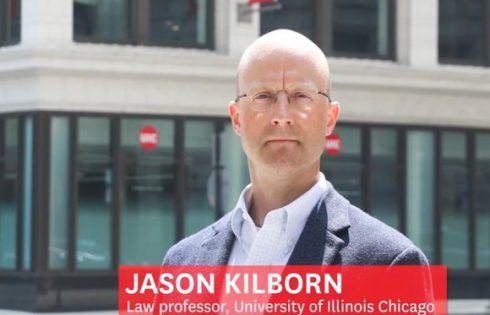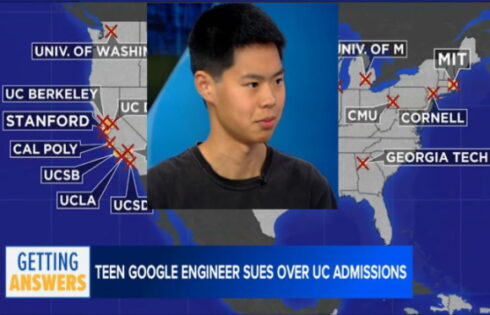
There is an “imminent student-loan disaster” on the horizon that is being overlooked, according to a higher education scholar.
“After the pandemic-induced student-loan payment pause ended last year, the Education Department implemented a one-year transition period to allow borrowers time to ease back into the habit of paying their loans,” Preston Cooper wrote recently for the James G. Martin Center. “That so-called on-ramp is set to expire at the end of September—yet tens of millions of borrowers have not yet made a payment.”
Cooper said there are 7.3 million borrowers, according to the latest data from March, who are delinquent. Millions more are in default or not paying anything due to the latest Biden student loan bailout, currently being challenged in the courts. Through various programs, 20 million total borrowers are not paying on their loans.
He wrote further:
Facing a potential nonpayment crisis in October, the Biden administration could opt to kick the can down the road by extending the on-ramp period. This may be the most likely outcome, as it makes the nonpayment crisis the next administration’s problem. But extending the on-ramp is not sustainable in the long run, as it means tens of millions of borrowers will continue to skip their payments—leaving taxpayers to pick up the cost.
Of course, many decisionmakers in the Biden administration are ideologically opposed to collecting the loans at all, so they may be fine with that. In the meantime, they will keep trying to forgive the loans outright. Though the administration’s highest-profile forgiveness plans are on thin legal ice, there are other ways to discharge debts. The Education Department has canceled $170 billion so far by bending the rules on other loan-forgiveness programs.
Cooper suggests working with borrowers to begin making payments again and reducing penalties for default. He suggests long-term changes such as making colleges “cosign the loans they foist on students.”
“More than 20 million student borrowers are not paying their loans, and the nation is about to discover what that means.”
MORE: Male students do better on ACT, get less financial aid
IMAGE: Design Assistant/Shutterstock
Like The College Fix on Facebook / Follow us on Twitter




Add to the Discussion